The Best Wild Bergamot Companion Plants For A Beautiful Pollinatorfriendly Garden
Title: The Best Wild Bergamot Companion Plants for a Beautiful Pollinator-Friendly Garden
Introduction:
Wild bergamot (Monarda fistulosa) is a beautiful and fragrant perennial that is a magnet for pollinators. It blooms in mid-summer to early fall with clusters of lavender or pink flowers. Wild bergamot is also a great choice for companion planting, as it can attract and support a variety of beneficial insects.
In this blog post, I will discuss the best companion plants for wild bergamot. I will also provide some tips on how to create a beautiful and pollinator-friendly garden.
Main Content:
Companion Planting with Wild Bergamot
When choosing companion plants for wild bergamot, there are a few things to keep in mind. First, you want to choose plants that have similar growing conditions. Wild bergamot prefers full sun to part shade and well-drained soil. Second, you want to choose plants that will attract the same pollinators. Wild bergamot attracts bees, butterflies, and hummingbirds. Finally, you want to choose plants that will complement the appearance of wild bergamot.
Here are some of the best companion plants for wild bergamot:
- Black-eyed Susan: Black-eyed Susans are a native wildflower that blooms in yellow, orange, and red. They attract bees, butterflies, and hummingbirds.
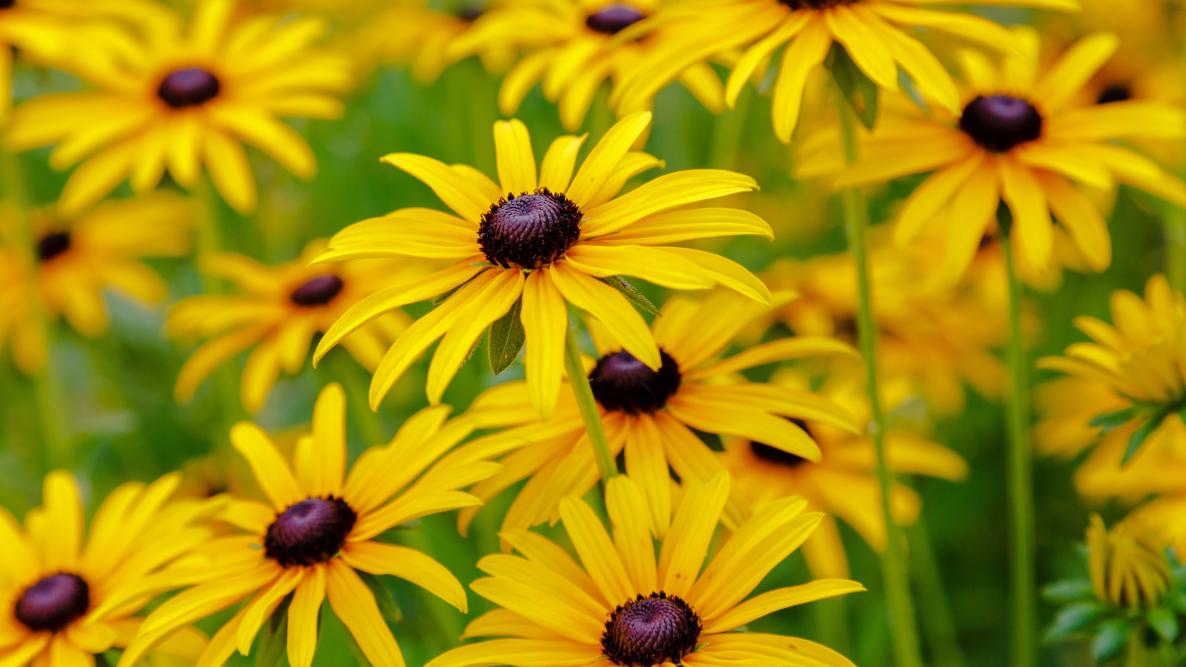
- Coneflower: Coneflowers are another popular native wildflower that blooms in shades of purple, pink, and white. They attract bees, butterflies, and hummingbirds.
- Echinacea: Echinacea is a medicinal herb that blooms in shades of pink, purple, and white. It attracts bees, butterflies, and hummingbirds.
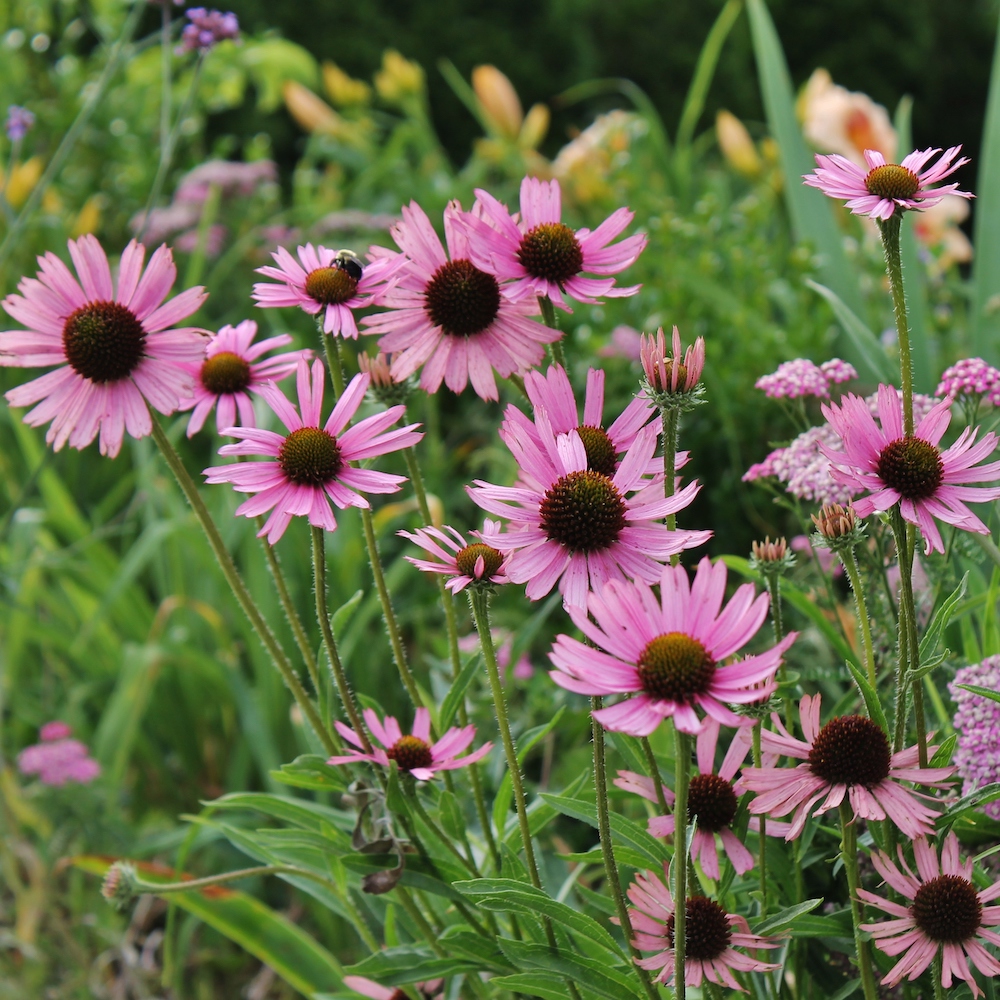
- Joe Pye Weed: Joe Pye Weed is a tall, showy wildflower that blooms in shades of pink, purple, and white. It attracts bees, butterflies, and hummingbirds.
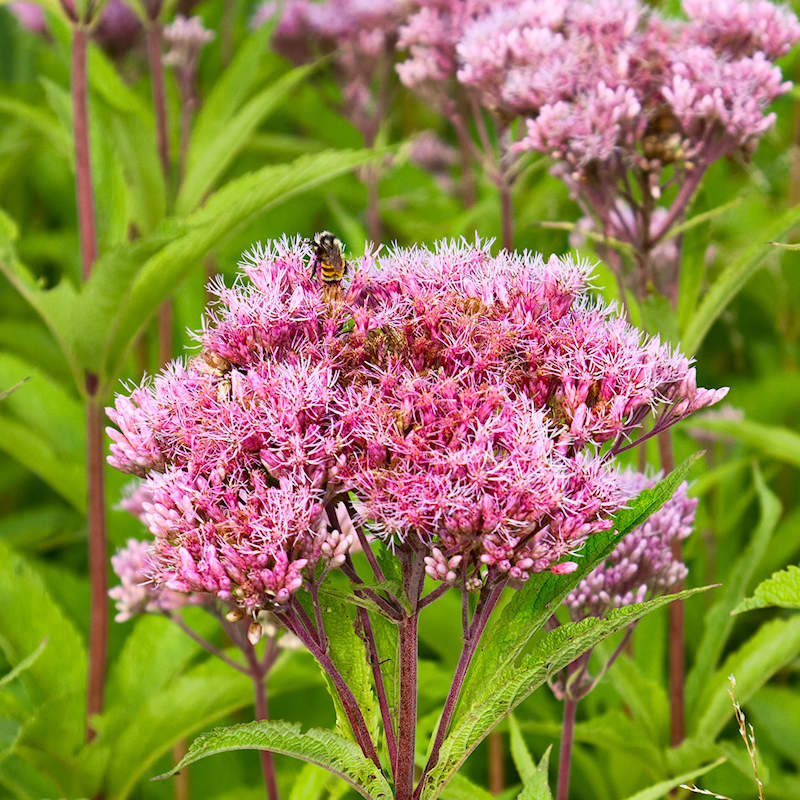
- Liatris: Liatris is a spiky wildflower that blooms in shades of purple, pink, and white. It attracts bees, butterflies, and hummingbirds.
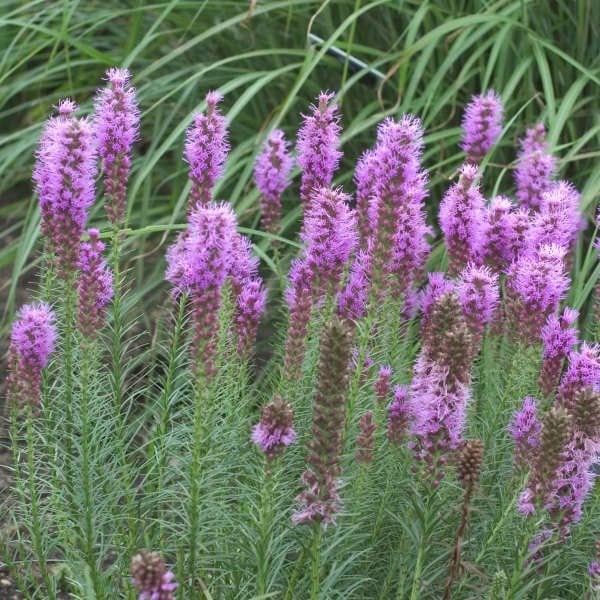
- Marigolds: Marigolds are a popular annual that blooms in shades of yellow, orange, and red. They attract bees, butterflies, and other beneficial insects.

- Yarrow: Yarrow is a hardy perennial that blooms in shades of white, yellow, and pink. It attracts bees, butterflies, and other beneficial insects.
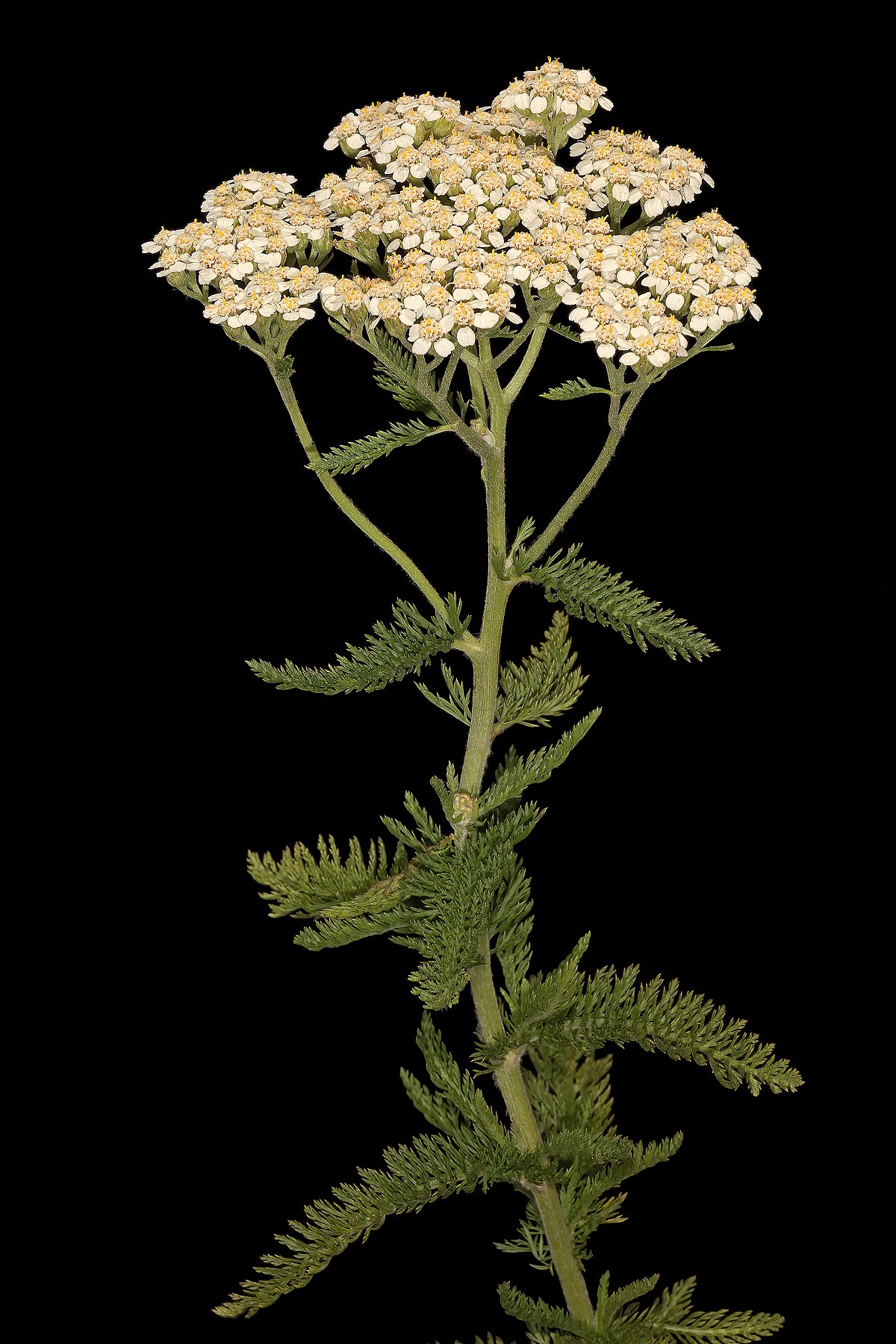
Tips for Creating a Pollinator-Friendly Garden
In addition to choosing the right companion plants, there are a few other things you can do to create a pollinator-friendly garden.
- Plant a variety of flowers that bloom throughout the growing season. This will provide food for pollinators throughout the year.
- Avoid using pesticides and herbicides. These chemicals can harm pollinators.
- Provide water for pollinators. A shallow birdbath or water feature will attract bees, butterflies, and other insects.
- Leave some dead plant material in your garden. This will provide shelter for insects overwinter.
Conclusion
Wild bergamot is a beautiful and easy-to-grow plant that is a great addition to any garden. By planting it with the right companion plants, you can create a beautiful and pollinator-friendly garden.
Wild bergamot is a beautiful and versatile plant that can be used in a variety of garden settings. It is also a great attractor of pollinators, making it a valuable addition to any garden.
When choosing companion plants for wild bergamot, it is important to consider the plant's needs for sunlight, moisture, and soil type. Some good companion plants for wild bergamot include:
- Black-eyed Susans
- Coneflowers
- Liatris
- Monarda didyma (scarlet bergamot)
- Rudbeckia
- Yarrow
For more information about wild bergamot companion plants, please visit Home Gardening.
FAQ of wild bergamot companion plants
Q: What are some good companion plants for wild bergamot?
A: Wild bergamot is a versatile plant that can be paired with a variety of other plants. Some good companion plants for wild bergamot include:
- Black-eyed Susans: These bright yellow flowers complement the lavender blooms of wild bergamot. They also have similar growing conditions, so they will thrive together.
- Coneflowers: Coneflowers come in a variety of colors, so you can choose one that will match the color scheme of your garden. They also attract pollinators, which will help to keep your wild bergamot healthy.
- Yarrow: Yarrow is a hardy plant that can tolerate a variety of conditions. It also attracts pollinators and deters pests.
- Bee balm: Bee balm is a close relative of wild bergamot, so they will complement each other well. They also both attract pollinators, so they will help to create a thriving ecosystem in your garden.
- Sunflowers: Sunflowers are tall plants that will help to provide some structure to your garden. They also attract pollinators, so they will be a welcome addition to any garden.
Q: What are the benefits of planting companion plants with wild bergamot?
A: There are a number of benefits to planting companion plants with wild bergamot. Some of these benefits include:
- Attracting pollinators: Wild bergamot is a magnet for pollinators, such as bees, butterflies, and hummingbirds. Planting companion plants that also attract pollinators will help to create a thriving ecosystem in your garden.
- Improving soil health: Some companion plants, such as yarrow and bee balm, can help to improve soil health. This can benefit wild bergamot by providing it with the nutrients it needs to thrive.
- Decreasing pest pressure: Some companion plants, such as sunflowers and yarrow, can help to deter pests. This can help to keep your wild bergamot healthy and free from pests.
- Creating a more visually appealing garden: Companion plants can help to create a more visually appealing garden. By planting plants with different colors, textures, and heights, you can create a garden that is both beautiful and functional.
Q: What are some things to consider when choosing companion plants for wild bergamot?
A: There are a few things to consider when choosing companion plants for wild bergamot. These include:
- Planting conditions: Wild bergamot prefers full sun to partial shade and well-drained soil. When choosing companion plants, make sure to choose plants that have similar growing conditions.
- Pollinator attraction: Wild bergamot is a magnet for pollinators, so you may want to choose companion plants that also attract pollinators. This will help to create a thriving ecosystem in your garden.
- Pest deterrence: Some companion plants can help to deter pests. If you have a problem with pests in your garden, you may want to choose companion plants that have pest-repelling properties.
- Visual appeal: Companion plants can help to create a more visually appealing garden. By planting plants with different colors, textures, and heights, you can create a garden that is both beautiful and functional.
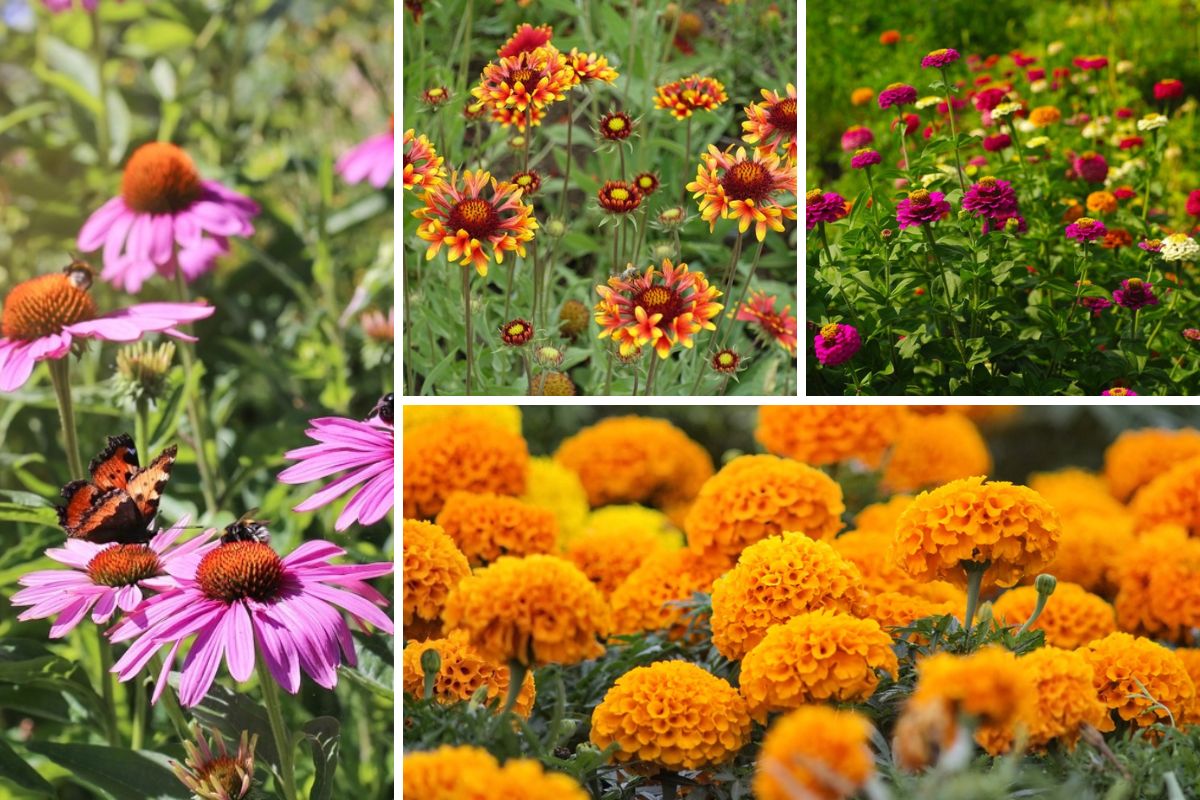
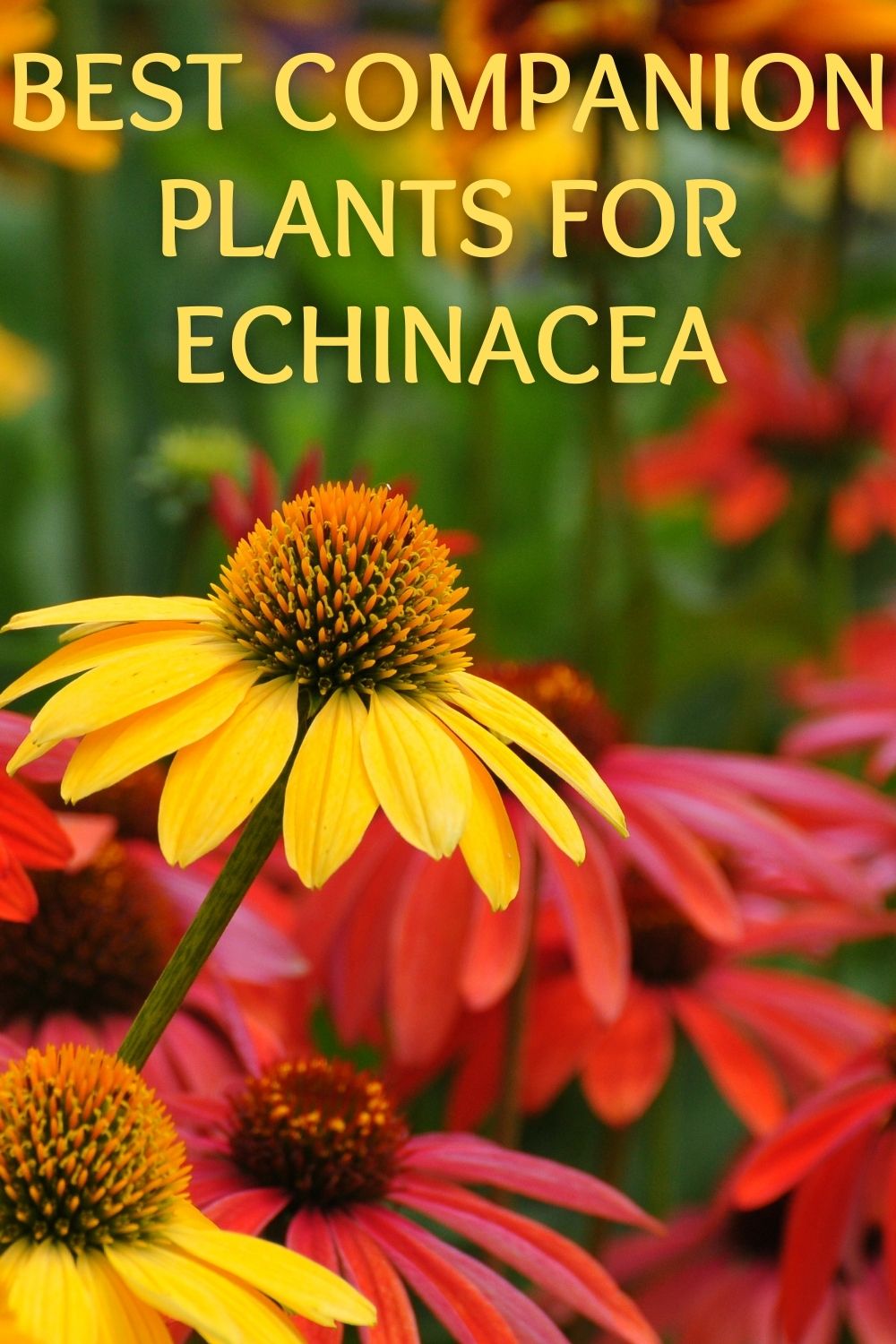


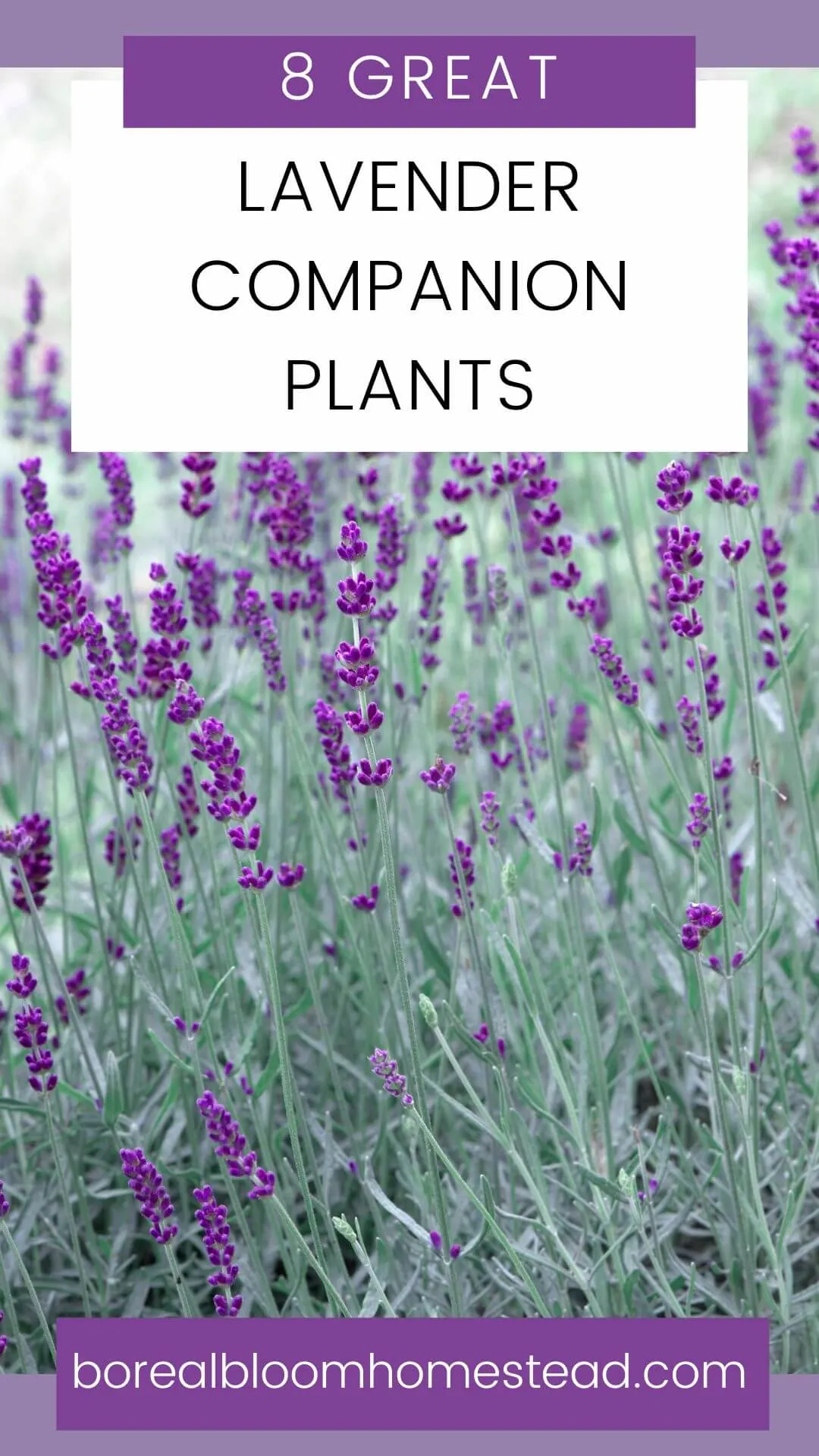
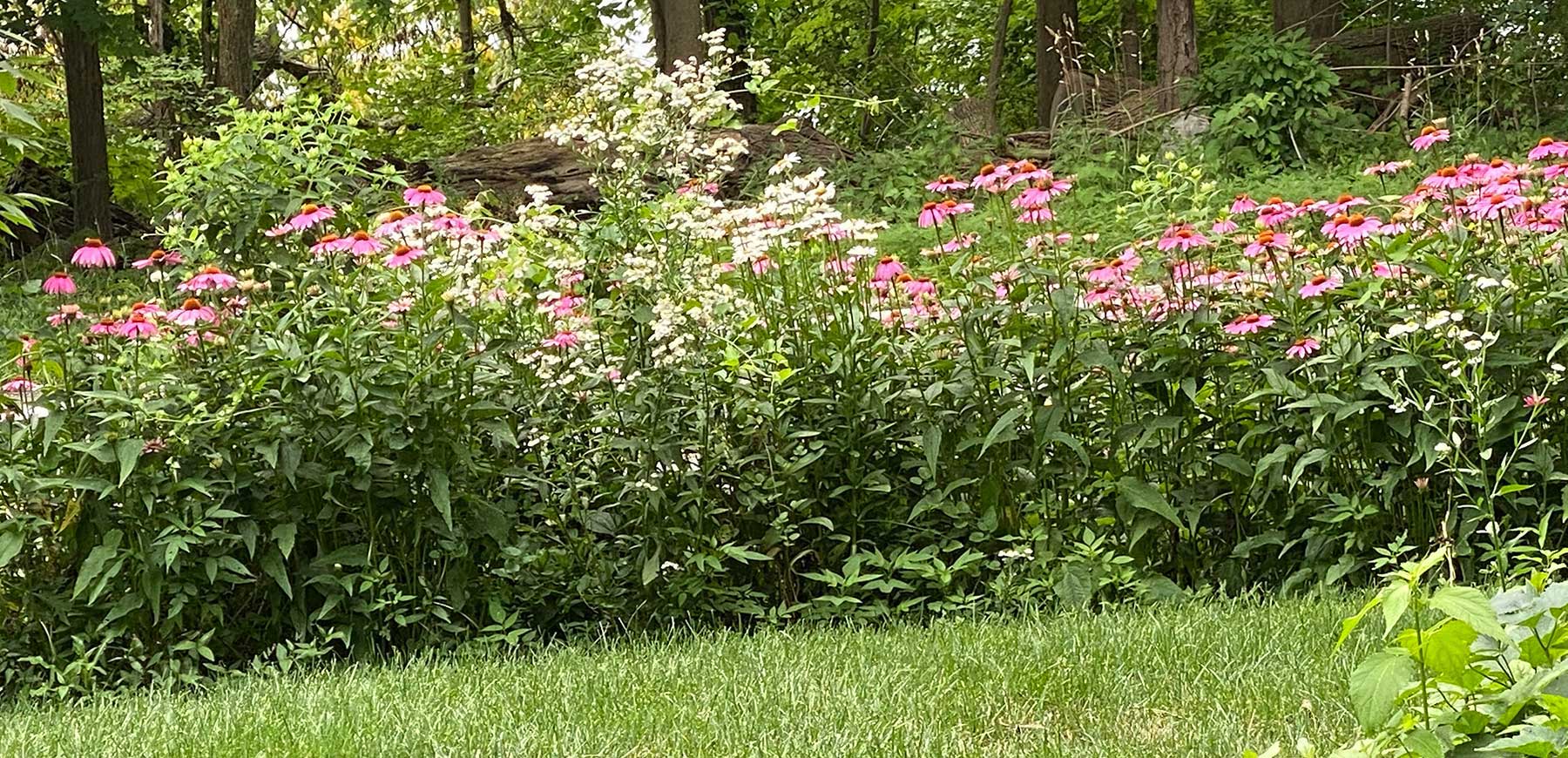
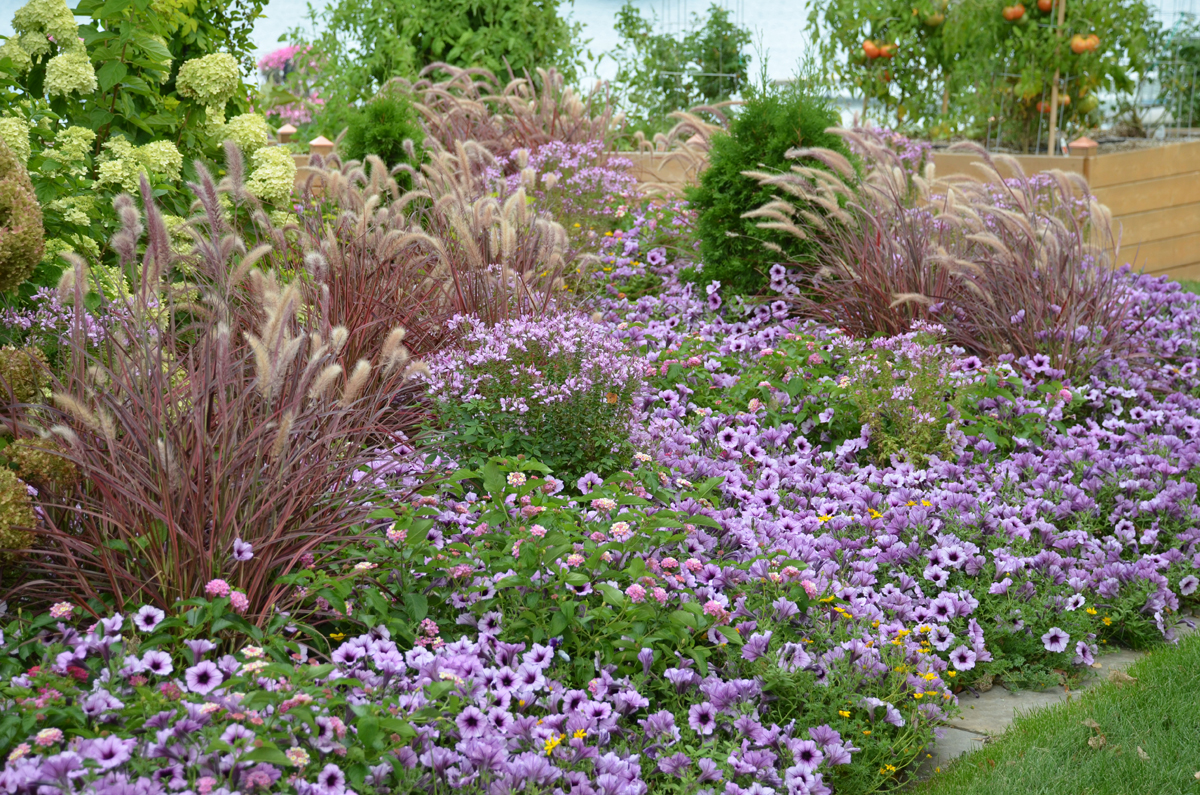
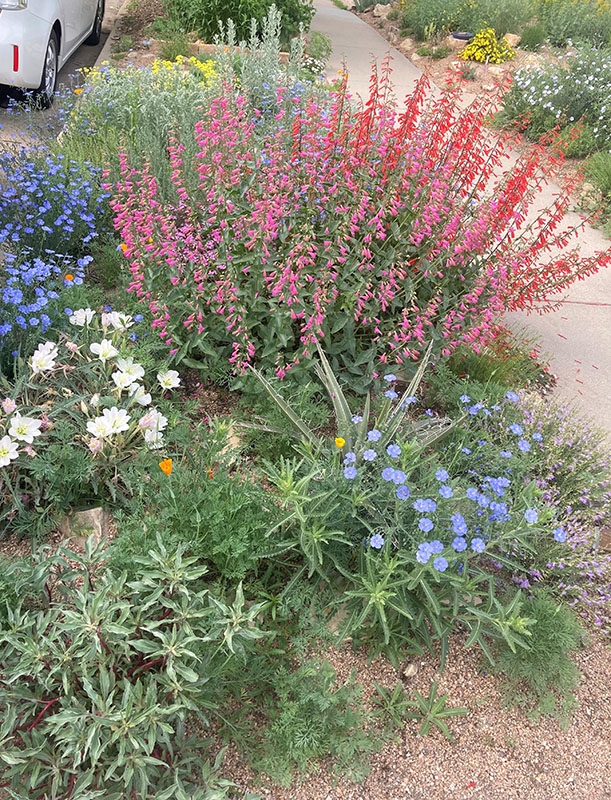


Post a Comment for "The Best Wild Bergamot Companion Plants For A Beautiful Pollinatorfriendly Garden"